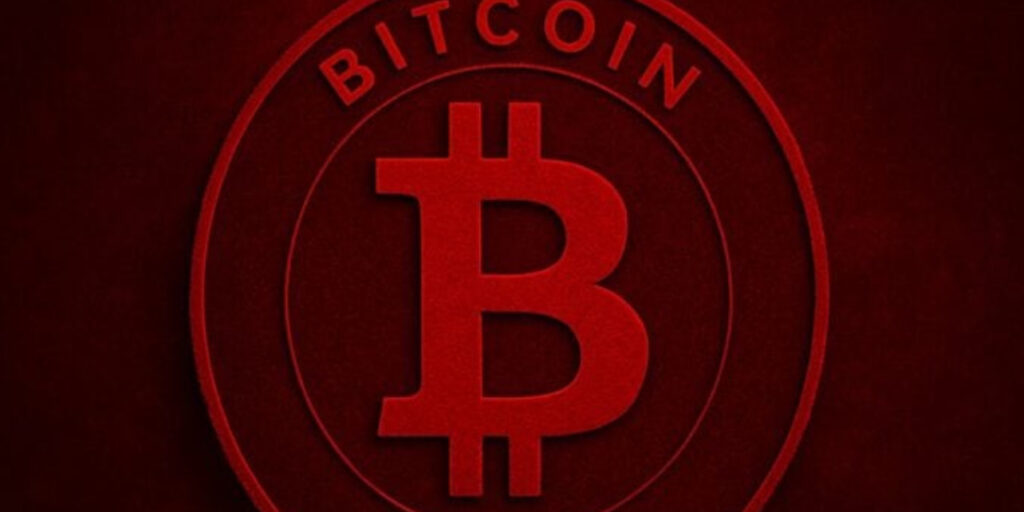Today, Bitcoin’s price plummeted below $75,000, marking a sharp decline from Saturday’s figure of over $83,000.
This downturn is part of a broader trend that began in early February, following a significant rise after the U.S. presidential election.
In the wake of Donald Trump’s electoral victory in early November, Bitcoin’s value initially surged from $70,000 to $76,000, eventually peaking above $109,000 just before his January 20, 2025, inauguration.
The recent market crash, termed “Black Monday,” has exacerbated the decline, influenced heavily by Trump’s controversial trade policies, which now seem poised to push the USA, and potentially the global economy, towards a recession.
Speculation about a recession has been building, with the perceived likelihood on Polymarket jumping significantly from under 25% a month ago to 64% over the past week.
This shift in market sentiment has forced investors to reconsider their portfolio compositions in anticipation of a downturn, shifting away from previously ignored recession risks.
Consequently, global financial markets have suffered, with significant losses recorded in major stock exchanges around the world, including an 11% drop in Hong Kong and 8% in Tokyo and Shanghai. European markets opened down by 4%, and U.S. market futures also indicated a similar decline.
The first quarter of 2025 was particularly harsh for Bitcoin, witnessing an 11.7% decline, its worst since 2015. This downturn is part of a broader weakening in the crypto market, with Ethereum and other altcoins also experiencing significant losses.
Interestingly, the price of gold, which often rises during financial instability, did not increase today.
Instead, it broke from a bullish trend that began in mid-December. This lack of movement in gold prices, despite the financial turmoil, suggests that the markets may have already priced in much of the expected downturn.
As the markets continue to adjust to these new economic realities, the coming days or weeks will reveal whether they stabilize, further decline, or begin to recover, offering a new phase of investment opportunities and challenges.


